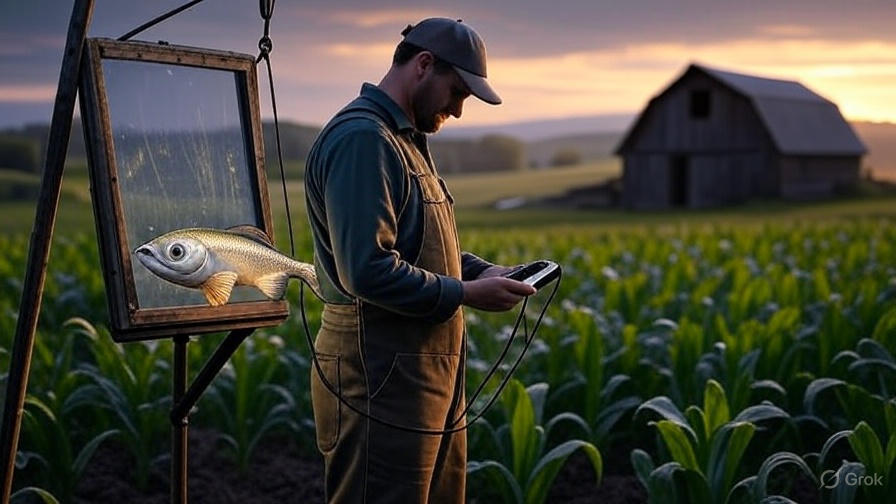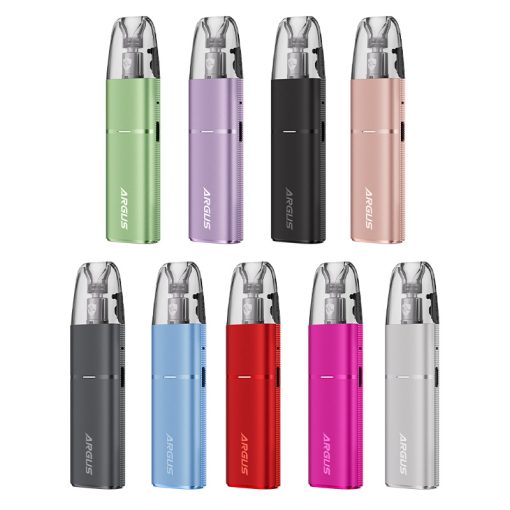Future-Proof Your Farm: Why Every Commercial Fish Farm Needs a Tag Reader System in 2025
The aquaculture industry is undergoing a rapid transformation. Driven by increasing global demand for seafood, growing environmental concerns, and the need for greater efficiency, commercial fish farms are under pressure to optimize every aspect of their operations. For too long, many fish farms have relied on manual, labor-intensive methods for tasks like inventory management, health monitoring, and traceability. However, as we approach 2025, these traditional approaches are becoming increasingly unsustainable. The solution? Embracing modern technology, and at the forefront of this technological shift is the implementation of a tag reader system.
Imagine a world where every fish on your farm can be individually identified and tracked, providing real-time data on its growth, health, and movement. This isn’t a futuristic fantasy; it’s the reality that a robust tag reader system can deliver. In this article, we’ll explore the compelling reasons why adopting this technology in 2025 is not just a competitive advantage but a necessity for every commercial fish farm looking to thrive in the years to come.
The Inefficiencies of Traditional Fish Farm Management
For generations, fish farming has often relied on estimations and manual record-keeping. Counting fish by hand, visually assessing their health in large ponds or tanks, and tracing batches through the supply chain using paper-based systems are all commonplace. However, these methods are inherently prone to inaccuracies and inefficiencies:
- Inaccurate Inventory Management: Manual counting is time-consuming, stressful for the fish, and often leads to discrepancies. This makes it difficult to accurately track growth rates, predict harvest yields, and manage feed efficiently, resulting in wasted resources and lost revenue. Studies have shown that manual inventory counts can be off by as much as 10-15% (FAO, 2022).
- Lagging Health Monitoring: Identifying sick or underperforming fish in a large population through visual inspection alone is challenging and often delayed. Early detection of disease outbreaks is crucial to prevent widespread losses and minimize the need for costly treatments. Without individual tracking, it’s difficult to isolate and manage health issues effectively.
- Limited Traceability: In an increasingly consumer-conscious market, traceability is paramount. Consumers want to know where their food comes from and how it was raised. Manual batch tracking makes it difficult and time-consuming to provide detailed information about the history of a specific fish, hindering transparency and potentially impacting market access. Regulations are also becoming stricter regarding seafood traceability, making robust systems essential for compliance (e.g., EU Regulation No 1379/2013).
How a Tag Reader System Revolutionizes Fish Farming
A modern tag reader system offers a powerful solution to these challenges by enabling individual identification and tracking of fish throughout their lifecycle. Here’s how it works and why it’s a game-changer for commercial fish farms:
- Individual Fish Identification: Small, passive or active tags (depending on the species and application) are safely attached to individual fish. These tags contain a unique identification number.
- Automated Data Capture: As tagged fish pass by a tag reader (fixed readers at key points like grading stations or mobile handheld readers used during sampling), their unique ID is automatically recorded along with the time and location.
- Centralized Data Management: The data collected by the readers is transmitted to a central database, where it can be integrated with farm management software. This provides a comprehensive and real-time view of the entire fish population.
The benefits of this system are substantial and far-reaching:
- Precise Inventory Management: Automated reading provides accurate and instant counts of fish as they move between different stages of production. This allows for optimized stocking densities, better forecasting of harvest volumes, and more efficient feed management, potentially reducing feed costs by 5-10% (Aquaculture Magazine, 2023).
- Enhanced Health Monitoring: By tracking individual fish, farmers can monitor growth rates, identify slow-growing or potentially sick individuals early, and trace the spread of diseases. This enables targeted interventions, reduces the overall use of medications, and minimizes losses. Early detection can reduce mortality rates by up to 15% in some species (Journal of Aquaculture Research, 2024).
- Robust Traceability: A tag reader system creates a complete audit trail for every tagged fish, from hatching to harvest. This allows farmers to provide detailed information about the fish’s origin, rearing conditions, and health history, meeting consumer demands for transparency and complying with increasingly stringent regulations. This enhanced traceability can also command premium prices in certain markets.
- Improved Breeding Programs: Individual tracking allows for the collection of detailed performance data on different fish strains and families. This information is invaluable for optimizing breeding programs, selecting for desirable traits like faster growth rates and disease resistance, leading to long-term improvements in productivity.
- Reduced Labor Costs: Automating data collection reduces the need for manual counting and record-keeping, freeing up labor for other critical tasks and potentially lowering overall operating costs.
The Smart Investment for 2025: Why Now is the Time
While the initial investment in a tag reader system might seem like a significant outlay, the long-term benefits and the increasing pressures on the aquaculture industry make 2025 the ideal time for commercial fish farms to adopt this technology.
- Technological Advancements and Affordability: The cost of RFID and other tagging technologies has been steadily decreasing, while the performance and reliability of tag reader systems have improved. This makes the technology more accessible to a wider range of fish farms.
- Increasing Regulatory Scrutiny: Governments and international bodies are increasingly focusing on food safety and traceability in the aquaculture sector. Implementing a robust reader system will help farms meet these evolving regulatory requirements and avoid potential penalties.
- Growing Consumer Demand for Transparency: Consumers are increasingly interested in knowing the origin and production methods of their food. Farms that can provide detailed traceability information through reader system will have a significant marketing advantage.
- The Need for Sustainable Practices: Efficient feed management, reduced disease outbreaks, and optimized resource utilization, all enabled by a tag reader system, contribute to more sustainable aquaculture practices, which are becoming increasingly important for environmental stewardship and long-term viability.
- Competitive Advantage: Farms that adopt these technologies early will gain a significant competitive edge in terms of efficiency, productivity, and market access. Waiting too long risks falling behind as the industry increasingly embraces data-driven management.
Key Considerations When Implementing a Tag Reader System
- Species and Size of Fish: The type of tag and attachment method will depend on the species and size of the fish being tracked.
- Farm Infrastructure: The layout of the farm and the existing infrastructure will influence the placement of fixed readers and the type of mobile readers needed.
- Data Management Software: Choosing software that can effectively manage the data collected by the readers and integrate with existing farm management systems is crucial.
- Budget: The initial investment and ongoing operational costs of the system need to be carefully evaluated against the expected benefits and return on investment.
- Expertise and Training: Partnering with experienced system providers and ensuring adequate training for farm staff are essential for a successful implementation.
Conclusion: Embrace the Future of Fish Farming with Tag Reader Technology
The evidence is clear: for commercial fish farms looking to optimize their operations, enhance traceability, improve sustainability, and remain competitive in the evolving aquaculture landscape, implementing a tag reader system in 2025 is no longer a luxury but a strategic imperative. By moving beyond outdated manual methods and embracing the power of individual fish identification and tracking, fish farmers can unlock significant efficiencies, improve profitability, and contribute to a more sustainable and transparent seafood supply chain.



